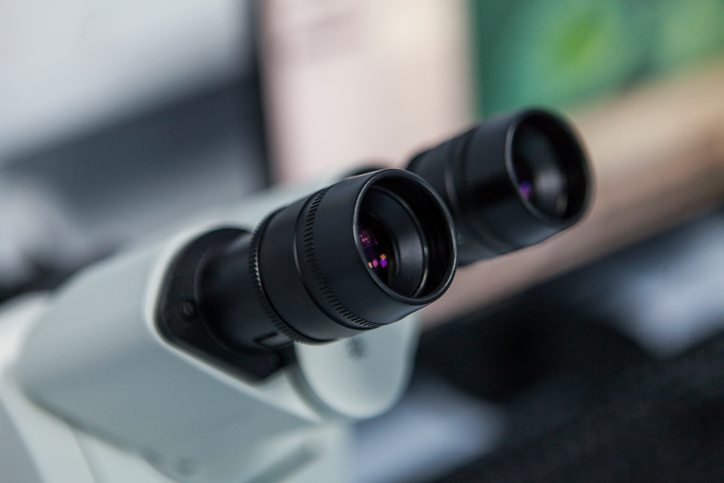
CSAAC Executive Director
Certified seed that is sold to producers has gone through a rigorous regulatory process before it goes to the field. The crop is regulated throughout the growing period, the fields are inspected, and the crop is harvested. The seed is then sampled and sent for testing at an accredited lab. This is where government-accredited seed testing labs enter the picture. The lab ensures that the seed that is entering the market meets the purity and germination standards required.
How do you know that all of the seed being tested across Canada meets an approved, uniform standard? The Canadian Food Inspection Agency (CFIA) regulates the labs through audits performed by the Canadian Seed Institute (CSI). Initially, a lab must design a quality assurance manual that includes the guidelines set out by the CFIA.
After receiving an application for accreditation from the lab, the CFIA will send out an auditor to ensure the lab is following its quality manual and the manual and lab meet all the CFIA requirements. Sample proficiency testing is also done at this time. A successful seed testing laboratory will be given a letter of accreditation and an accreditation number. Please look for this number on your seed testing Reports of Analysis.
An accredited lab will be audited by qualified auditors and technical experts from CSI every three years. They will do an onsite inspection of the lab to ensure that the lab is following its Quality Manual, the Seed Laboratory Audit and Accreditation Protocol, the Canadian Methods and Procedures for Testing Seed, the Canadian Seeds Act and Regulations, any industry regulations and the procedures and work instructions designed for that lab and their customers.
Once a lab is accredited, they receive two proficiency testing panels every year. Labs must pass these proficiency panels to maintain their laboratory’s scope of accreditation. The panels cover all six CFIA crop groupings over a three-year cycle.
The CFIA will inform the lab of any inconsistencies and corrective action must be taken — this too is monitored to ensure compliance. Labs must also perform internal monitoring every year to verify the lab’s proficiency in testing seed against the lab and regulatory standards. These records will be available for review by the auditors.
In addition to the government required monitoring of seed labs, some labs have chosen to have their seed analysts become members of the Commercial Seed Analysts Association of Canada (CSAAC). Member analysts are required by CSAAC to maintain educational standards to ensure they are current with the industry and consistent in their seed testing procedures. Regular bulletins are sent out to the members through the CSAAC office to ensure they are immediately aware of changes in government regulations so that seed is analyzed to the most current standard. CSAAC works with CFIA on the Methods and Procedures for Testing Seed (M & P) committee where they provide, accept and review potential proposals for changes to the M & P to ensure that the regulations reflect what is happening in the seed industry. The discussions resulting from this relationship have proven to be of benefit to the industry, the seed labs, government and producers.
Remember to look for the CFIA accreditation number of the lab and the CSAAC Seal and signature of the CFIA accredited analyst/CSAAC member to ensure that your seed has been analyzed to the highest standard.












